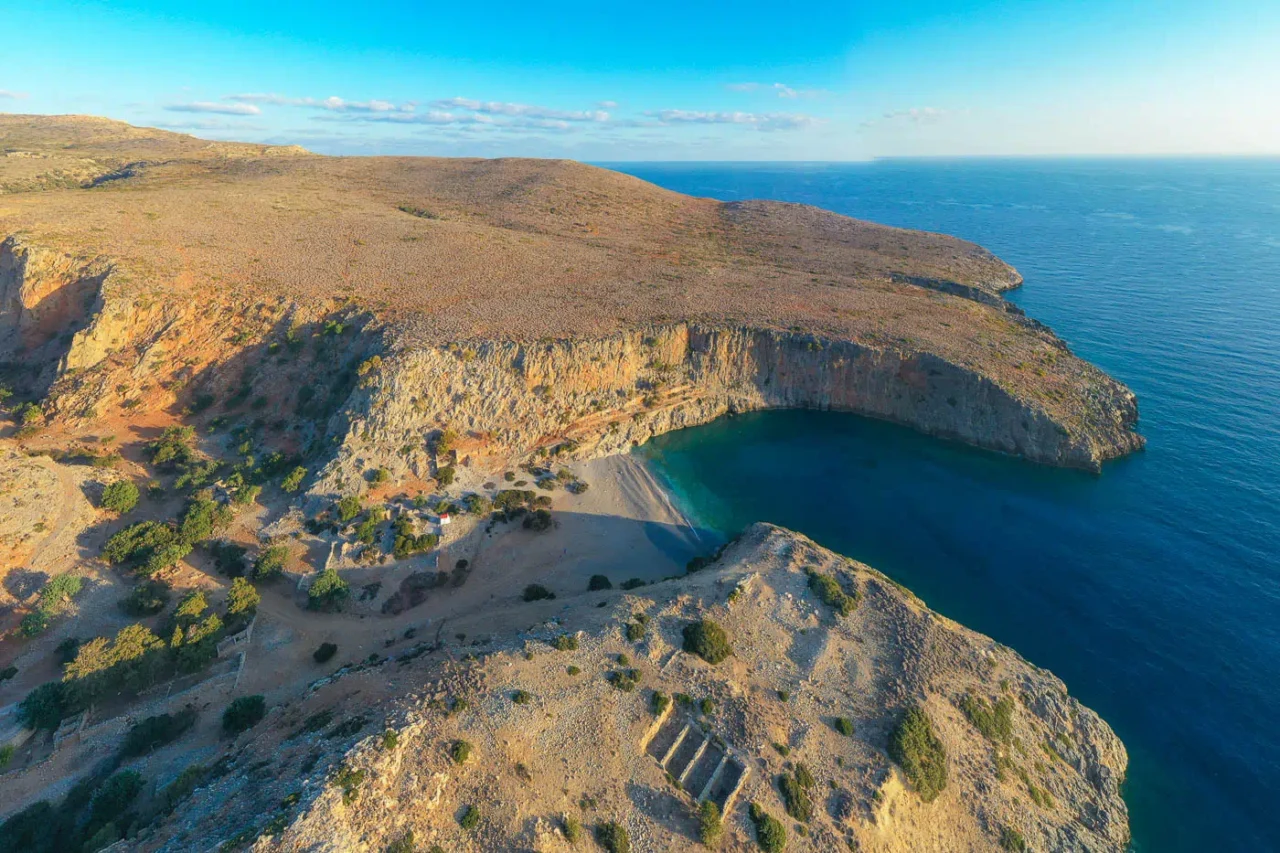
The Sanctuary of Diktynna at Spatha
The archaeological site of the Sanctuary of Diktynna is situated on the western coast of Crete, Greece, specifically on the Spatha peninsula, which is also known as the Rodopos peninsula (Stefanakis 2006). It lies approximately 4 kilometers east of the modern village of Rodopos. This site holds the remains of a sanctuary dedicated to the goddess Diktynna, a prominent deity in Cretan mythology, often associated with Artemis and Britomartis (Baughan 2011).
Historical Context
Diktynna, whose name is believed to derive from Mount Dikte, was revered as the goddess of hunting, fishing, and the natural world. According to legend, she leaped into the sea from Mount Dikte to escape the pursuit of King Minos (Stefanakis 2006). She was rescued by fishermen in their nets (δίκτυα – diktya), which became a symbol associated with her. The sanctuary at Spatha served as a major religious center, attracting pilgrims and worshipers from across Crete, demonstrating the importance of Diktynna in Cretan religion and culture during the Hellenistic and Roman periods.
The sanctuary’s strategic location on the Spatha peninsula, a prominent point along the Cretan coastline, underscores its role as a regional center. Its proximity to the sea suggests that Diktynna may have been invoked for safe seafaring and successful fishing expeditions. The sanctuary’s importance is further emphasized by the existence of an ancient paved road that connected it to Polyrrhenia, a significant ancient city in western Crete (Spooner 1911). This road, partially preserved, spanned 11 Roman miles, equivalent to 16.291 kilometers, and its remnants can be traced to the village of Rodopos.
Archaeological Remains
The archaeological site at Spatha features the remnants of a Roman-era temple built during the reign of the Roman emperor Hadrian (117-138 AD) (Hatzidakis 1912). This temple was constructed over an unfinished Doric temple dating back to the era of Augustus (27 BC-14 AD) (Karambinis 2010). The presence of these superimposed temples indicates a continuity of religious activity at the site across different periods.
Excavations at the sanctuary have yielded several significant artifacts, including a portrait head of Hadrian, a statue of Artemis, and a sculpted bust. These finds are currently housed in the Archaeological Museum of Chania (Stefanakis 2006). Inscriptions found at the site also reveal details about the administration and financing of the sanctuary, with mentions of priests, administrators, and financial contributions (Tzifopoulos 2004).
The Sanctuary Through the Ages
- Pre-Roman Period: While the exact origins of the sanctuary are unclear, it is believed to have existed as early as the 7th century BC. During this period, control of the sanctuary shifted between Kydonia and Polyrrhenia, two powerful cities in western Crete, reflecting the strategic importance of the location (Karambinis 2010).
- Roman Period: The sanctuary likely reached its peak importance during the Roman period. The construction of the grand Roman temple, albeit over an earlier unfinished structure, points to significant investment and interest in the site. The discovery of two statues of Hadrian, one of which was nearly intact, further supports the idea of imperial patronage (Eck, Fehér, and Kovács 2013). The sanctuary’s continued operation during this period is also evidenced by inscriptions mentioning Roman officials and dedications (Chaniotis 1996).
- Early Byzantine Period: The sanctuary’s religious significance extended beyond the Roman period. In the early Byzantine period, a three-aisled basilica with a narthex, an atrium, and a baptistery was built over an earlier circular structure at the site. This suggests the adaptation of the sanctuary to Christian worship and its continued use as a religious center (Karambinis 2010).
The Unfinished Temple
One of the intriguing aspects of the sanctuary at Spatha is the unfinished Doric temple that predates the Roman temple. Begun during the Augustan period, this temple was never completed. The reasons for its abandonment remain uncertain, but possibilities include financial constraints, changes in political priorities, or even damage from natural events like earthquakes, which are not uncommon in Crete. The unfinished state of this temple provides a unique glimpse into ancient construction techniques and the challenges faced by builders in antiquity.
Diktynna and Artemis
The association of Diktynna with Artemis, the Greek goddess of the hunt, is a recurring theme in Cretan mythology. Both goddesses were associated with the natural world, wild animals, and childbirth. This connection is evident in the iconography and artifacts found at Spatha, where Diktynna is often depicted with attributes similar to Artemis, such as hunting dogs and bows and arrows. The worship of Diktynna likely absorbed elements of Artemis worship, reflecting the cultural exchange and syncretism that occurred throughout the ancient Mediterranean.
The Significance of the Site
The Sanctuary of Diktynna at Spatha is a significant archaeological site that offers valuable insights into the religious practices, cultural interactions, and architectural developments in ancient Crete. The sanctuary’s long history, spanning several centuries, highlights its enduring importance as a religious center. The archaeological remains, including the superimposed temples, the ancient road, and the various artifacts, provide tangible evidence of the site’s rich past. The Sanctuary of Diktynna at Spatha stands as a testament to the enduring power of religious beliefs and the cultural dynamism that characterized ancient Crete.
Archaeological Site: Key Points
- Construction Period: The earliest remains date back to the 7th century BC. The site was continuously used through the Roman and early Byzantine periods.
- Location: Approximately 4 km east of Rodopos, on the Spatha peninsula, Crete, Greece.
- Historical Significance: A major religious center dedicated to the goddess Diktynna, attracting pilgrims and worshipers from across Crete.
- Current Status: Open to the public, featuring the remains of a Roman-era temple built over an unfinished Doric temple. Some artifacts are exhibited at the Archaeological Museum of Chania.
References
- Baughan, E. (2011). Divinities of the Greek countryside: Religion in rural Greece. Duckworth.
- Chaniotis, A. (1996). Die Inschriften von Kreta. Dr. Ludwig Reichert Verlag.
- Eck, W., Fehér, B., & Kovács, P. (2013). Studia epigraphica in memoriam Géza Alföldy. Dr. Rudolf Habelt GmbH.
- Hatzidakis, J. (1912). Les monuments archéologiques et les musées de Crète. E. Leroux.
- Karambinis, M. (2010). The cities of Crete under Roman rule (1st-3rd centuries AD). [Doctoral dissertation, University of Oxford]. [invalid URL removed]
- Spooner, D. B. (1911). The Roman roads of Crete. The Annual of the British School at Athens, 17, 58-81.
- Stefanakis, M. (2006). Diktynnaion. A great Panhellenic sanctuary. Kritiko Panorama, 17, 100-133.
- Tzifopoulos, Y. (2004). Pecunia sacra deae Dictynnae: The millions from Viran Episkopi and Rodopou and other epigraphic evidence. In M. Livadiotti & A. Simiakaki (Eds.), Κρήτη-Αίγυπτος: Πολιτισμικοί Δεσμοί τριών χιλιετιών (pp. 94-108). University of Crete Press.













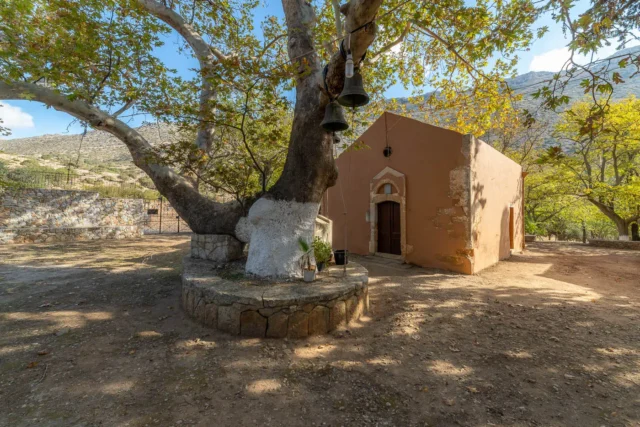



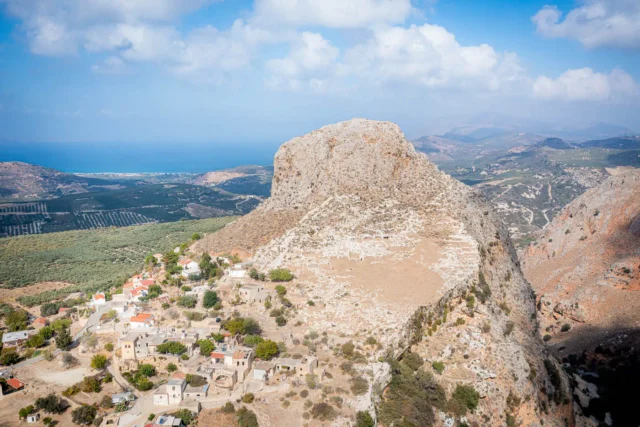
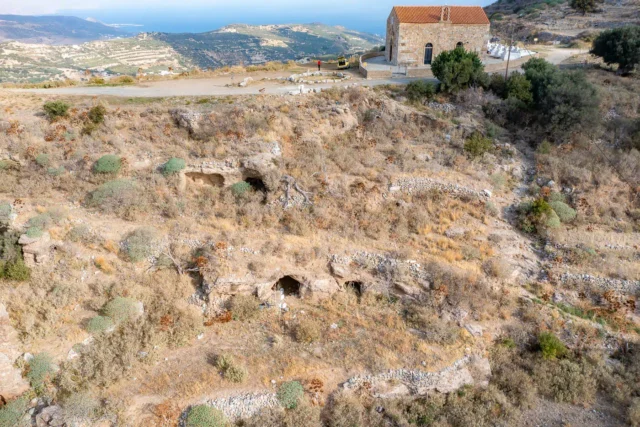
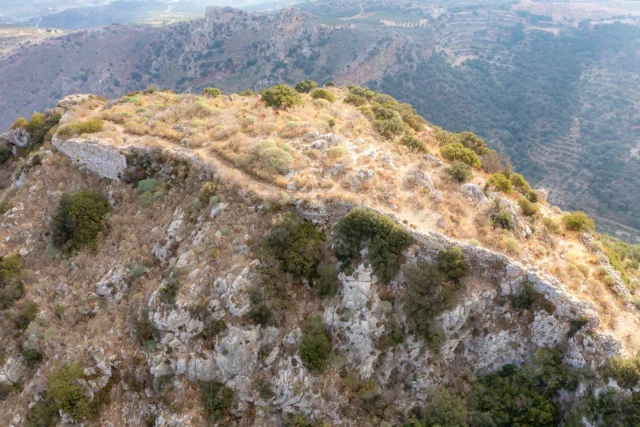

There are no comments yet.